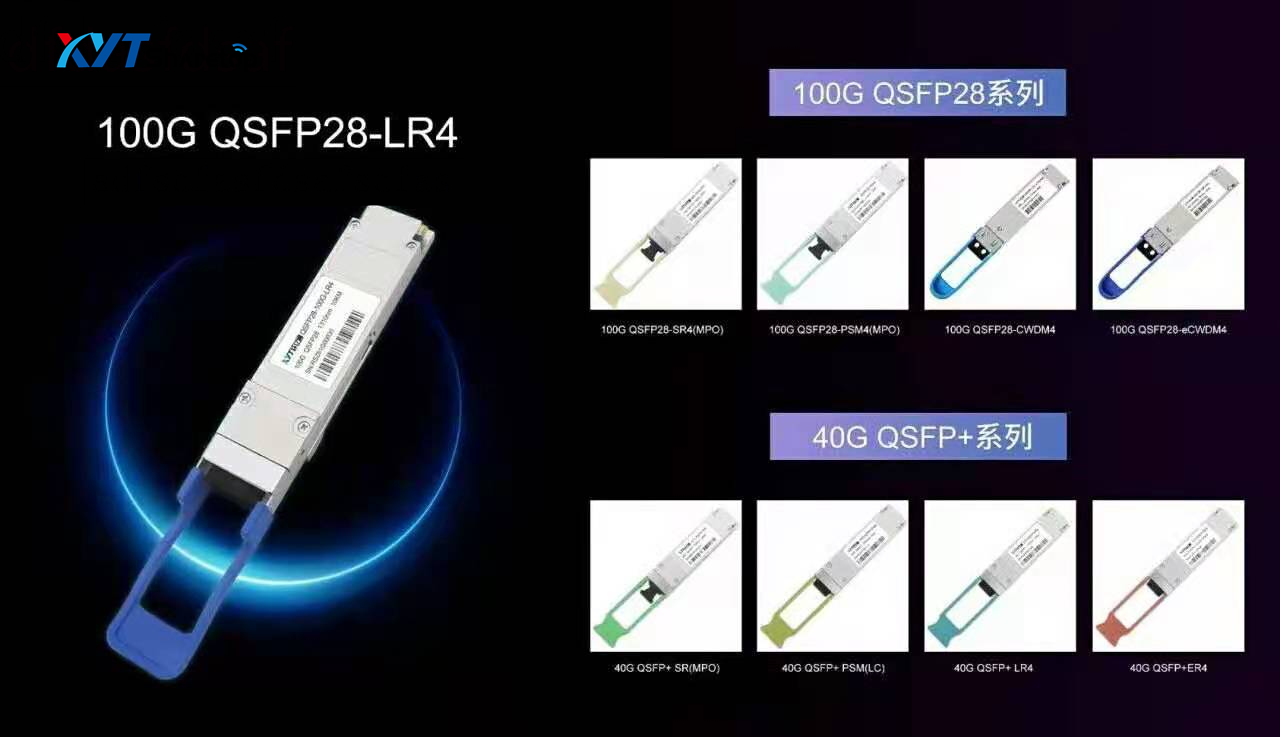 Chinese English
Chinese English
 Chinese English
Chinese English
Interpretation of Fiber Billion-Considering the elements of optical modules
Speaking of optical modules, I think everyone is familiar with it. With the rapid development of the communications industry and data centers at home and abroad, the demand for optical modules has increased dramatically. In addition to the original optical module of a certain equipment manufacturer, there are also third-party optical module manufacturers, so should we choose optical modules like this?
Next, let’s interpret with you, what are the elements we need to consider when buying an optical module?

In fact, when we choose an optical module, we must not only consider the type of optical module, but also consider the comprehensive cost performance of the module and the after-sales of the product. Now based on these three points, we will elaborate on each.
Type selection of optical module
From the point of view of the rate, the common transmission rate is 155M~200G.
In terms of connectors, LC, SC, MPO connectors are common.
From the packaging point of view, common ones are SFP, SFP+, XFP, CFP, QSFP+, QSFP28, etc.
In terms of wavelength, commonly used wavelengths are 850nm, 1310nm, 1550nm, CWDM and DWDM.
From the distance point of view, the common ones range from 100m to 120km. Of course, it mainly depends on the modules actually needed.
From the perspective of compatibility, the common ones are compatible with devices of various brands such as Huawei, Cisco, Dell, and HP.
Therefore, we have to choose according to the type of device port, transmission traffic, transmission distance and compatibility.
The encapsulation type of the optical module can be determined according to the device port. For example, if the device port is an SFP port, select an SFP encapsulated module; according to the amount of traffic transmitted by the device, the transmission rate of the optical module can be determined, such as the amount of traffic transmitted between two points , 10G/bs SFP+ module can be considered; according to the transmission distance between the two places, the transmission distance of the optical module can be determined. For example, if the distance between the two places is 60km, the 80km module can be considered; according to the brand of the equipment Model, you can determine the compatibility code of the optical module. For example, if the device is a Huawei switch, the optical module needs to write the Huawei compatibility code.

Product cost performance
1 price and service
Original brand optical modules are more expensive, while third-party compatible modules are relatively cheaper and more affordable. Therefore, in terms of price comparison, many customers will choose third-party compatible optical modules in order to save costs. In addition to the module product warranty period, the general warranty period for original brand optical modules is six months to one year, while the warranty period for compatible optical modules ranges from 1-3 years.

2 Equipment and compatibility
Original brand modules are one-to-one compatible, while third-party modules can be compatible with various brands, such as compatible with various domestic brand equipment such as Huawei, Cisco, and Dell, and are 100% compatible. XYT is to ensure optical modules Switches of various brands can operate normally, and 100% of the optical module compatibility will be tested by the real machine before leaving the factory, and only after reaching the standard can it be shipped.
Shenzhen Sharetop Technology Co., Ltd. was established in 2012, focusing on optical communication 5G, data center, optical transmission and other fields. It is a professional optical network transmission solution provider integrating R&D, production and sales. It is also a company with R&D A comprehensive national high-tech enterprise capable of designing, operating and maintaining capabilities at the scene application layer.
Provide a full range of products, solutions and services for domestic government and enterprise private networks such as public security, power grid, radio and television, military, water conservancy, fire protection, banks, railways, schools, hospitals, hotels, etc.; domestic and foreign data centers, operators, ISPs, etc. . Up to now, it has more than 200 customers.
